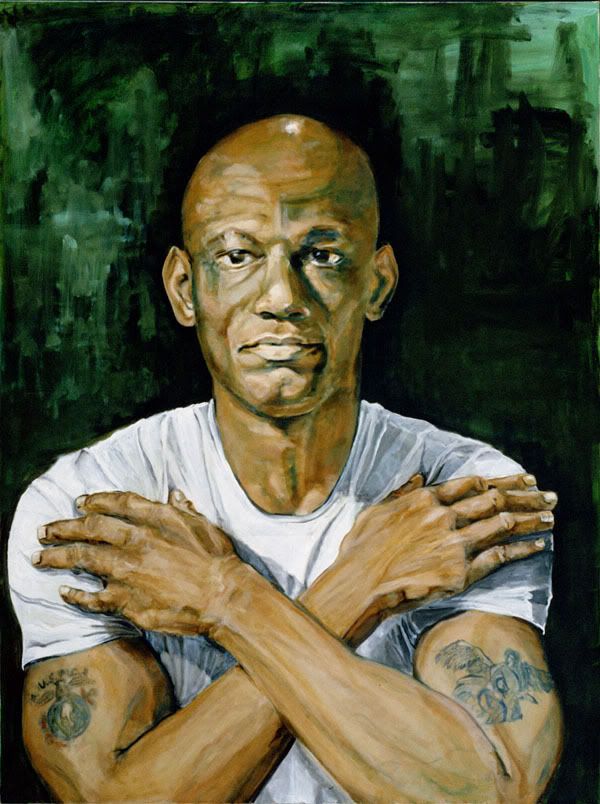WHEN IS THE POINT OF CONCEPTION?
As it pertains to the art world; rather than stem cell research; the topic of “conception” is quite interesting. When is the point of conception? When is the idea realized? Is it critical to begin a visual or performance art piece using a preconceived notion, and stick to it? As opposed to genetic manipulation, we artists can plan and redesign our works to reach a vision. But, the original intent may alter along the way, simply because of inspirations.
I would venture to say that even though realism painters, authors of autobiographies, and documentary filmmakers edit their works through to completion, the original concept remains the ultimate goal.
Is there a non-objective painting, or a jazz melody, or a modern dance performance that begins and ends with the original concept?
Abstraction artists may approach their work with an initial concept, but along the way, something happens. Action painters such as William DeKooning and Jackson Pollack certainly could not visualize the ultimate outcomes of their process. The Gutai painters using their bodies to make marks on canvas could not plan out their strokes. Yet, these artists have left a legacy of color, form, and masterful mark making.
Maybe it is important to begin a piece with an initial idea because it sets up an agenda for what one may want to do, or explore, in the media. It is a starting point. The artist’s path is found and eventually unearths the perception by working, as opposed to starting with a preconceived notion.
What about the viewer’s experience? Must the artist’s concept that results in intent be the same as the viewer’s interpretation? Intent and Observation are often unrelated. The observer interprets the vision based on personal experiences and cultural history. For example, a red wedding dress is very appropriate in Asia but USA brides wear white.
The painting’s title or words embedded in the composition can insure that the viewer understands the artist’s intent. Authors use graphic book covers to illustrate inside characters. Many non-objective paintings are untitled leaving the viewer to ponder and experience the artist’s method of paint application, choices of color, and compositional design.
Fellow students and respected professors at the Academy of Art University in San Francisco have bantered this subject. Looking at a painting by Clifford Still or Motherwell, both non-objection artists, there is a consensus that although an initial concept was acted upon, during the process of the painting (its actual application of products) the concept and the painting were developed simultaneous.
During this month, HBO will air “The Gates”. This documentary is about a public artwork in New York’s Central Park. The artist’s concept was to turn the dark winter park into a garden of light and color with the installation of over 7,500 fabric panel gates. It took 26 years to finalize his concept.
Subscribe to:
Post Comments (Atom)

No comments:
Post a Comment